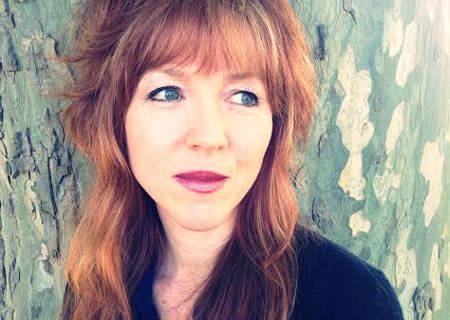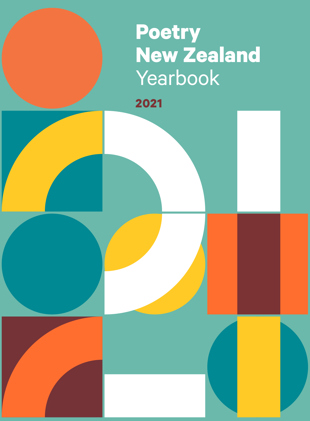Q1: Jack Ross has passed on the torch and you are now the editor of the venerable Poetry New Zealand Yearbook. Exciting?
An exhilarating honour (and I’m incredibly indebted to Jack for passing that trust my way). Poetry New Zealand was the journal that gave me my first start, my first sense of myself as a poet: seeing my own poems printed in its pages was a key step on my path as a writer. I’m still a little awestruck to find myself part of its ongoing legacy. I take that role seriously because I know what it can mean in the course of a writer’s life.
Q2: You were working on the book as the country went into lockdown. How did that complicate things?
My nerve-endings are still trying to decode the myriad complications! But the core truth for me: the Covid-19 landscape made poetry even more crucial. It emphasised it as the language we speak, the source we turn to, when we are at the brink. So whatever the obstacles, it made the book more urgent, more necessary, for me.
Q3: Each one of its editors has put their stamp on the Yearbook since it was established by Louis Johnson in 1951. How will it be different during your tenure?
What I’ve inherited from Jack Ross is a fearless embrace of poetry in all forms and flavours. I’m not a subscriber to any school or code: poetry doesn’t thrive within narrow confines. It’s an animal of many skins, it won’t submit to branding. I want to keep alive a Poetry New Zealand that will listen to all voices that inhabit our islands, that will keep on stretching the word net wild and wide.
Q4: Why is it important that the Yearbook exists and what role does it play in our poetry scene?
It’s one of the only journals in Aotearoa dedicated to poetry alone: that in itself says poetry counts, it has presence and force, mana and pulse. It showcases the diverse shapes and sounds that poetry can make in our country. It gives a licence for poetry to come from anywhere, from anyone. It draws poets from all spaces and backgrounds into one gathering ground to share mahi, to mingle breath, to draw inspiration, to grow community. That goes on to foster the language of our future.
Q5: How do you think poets faced up to lockdown and the frankly frightening space we were in early in 2020?.
They wrote like their breath depended on it! Poem after poem that came in showed the traces of writers using language in its rawest form — to reach out, to make human contact, to leave some skin-temperature mark. When we were cut off from real presence, when we were barred from crossing thresholds, we sent language instead: the Yearbook is filled with beautiful work that testifies to that.
Q6: Selecting the poems for the Yearbook is always a huge task. How many submissions did you review?
A sea of poems! Upwards of 1300 from all around the globe! The process of narrowing down final choices was excruciating …
Q7: What were you looking for?
Work that woke me, that spoke to the senses, that pushed image, that listened to sound. Work that allowed itself to be fierce, to be experimental, to be vulnerable. Work that made me feel, as Jane Hirschfield describes it, that the poet had ‘taken aim with the whole body, the whole life’.
Q8: Looking back on your selection now the book has gone to print, how would you describe it?
Diverse. Dynamic. Bold. Fresh. Moving. Full of shifts of voice, twists of angle, leaps of point of view: as plural as the Aotearoa it springs from, and as human.
Q9: This year’s featured poet is Aimee Jane Anderson-O’Connor. What do you admire about her work?
Its electric compression of image and sound; its arresting awareness of line/sentence as a unit of attention/tension; the haunting auras it creates from fragmentation; its embodiment and edge and compassion.
Q10: Which poetry books are on your bedside table at the moment?
Danez Smith’s Don’t Call Us Dead; Fiona Benson’s Vertigo and Ghost; Tarfia Faizullah’s Registers of Illuminated Villages; Michele Leggott’s Mezzaluna; Charles Simic’s Selected Poems — and there’s a space waiting for Tusiata Avia’s Savage Coloniser Book.


